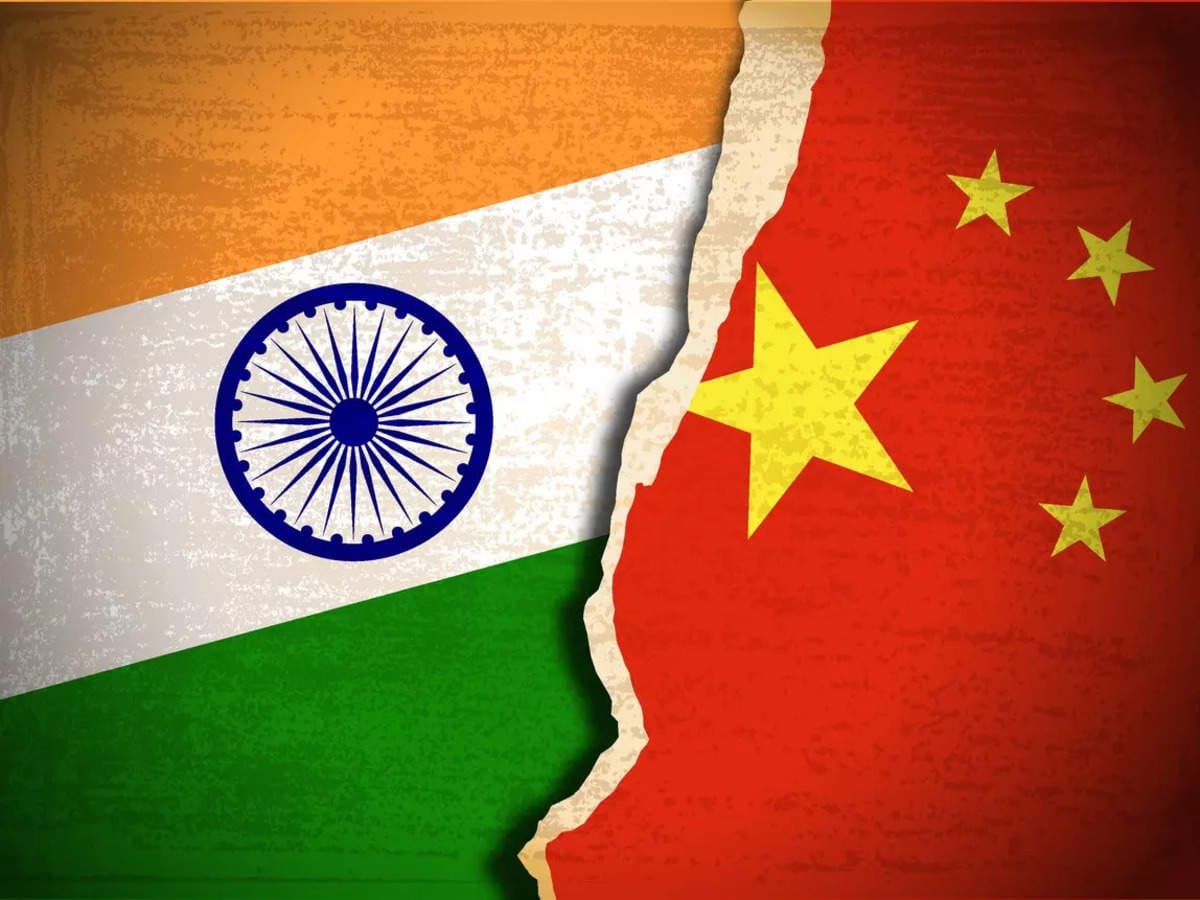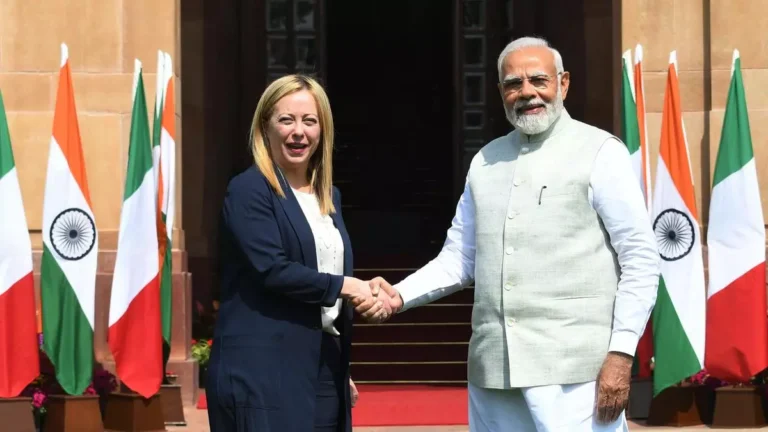
Introduction:
The India-China border clash, an ongoing geopolitical flashpoint, has captured global attention and raised concerns about regional stability and security. The clash, rooted in historical disputes and geopolitical rivalries, underscores the complex dynamics between two Asian giants vying for influence and territorial control along their shared border. This article aims to delve into the intricacies of the border conflict, its implications, and potential pathways towards resolution.
Background:
The India-China border, known as the Line of Actual Control (LAC), stretches over 3,488 kilometers (2,167 miles) across the Himalayas, traversing rugged terrain and remote regions. Despite numerous rounds of negotiations, the boundary remains largely undefined, leading to periodic tensions and occasional skirmishes between Indian and Chinese troops.
The recent escalation in the Galwan Valley in June 2020, resulting in casualties on both sides, marked a significant escalation in the longstanding border dispute. The clash reignited simmering tensions and triggered a diplomatic standoff between the two nuclear-armed neighbors.
Key Dynamics:
Several factors contribute to the complexity of the India-China border conflict:
- Territorial Claims: Both India and China assert sovereignty over disputed territories, including Aksai Chin (claimed by India) and parts of Arunachal Pradesh (claimed by China), fueling territorial disputes and nationalist sentiments on both sides.
- Strategic Interests: The border region holds strategic significance for both countries, serving as a gateway to Central Asia and providing access to vital natural resources, trade routes, and military vantage points.
- Historical Legacies: The legacy of past conflicts, including the 1962 Sino-Indian War, continues to influence perceptions and shape the strategic calculus of policymakers in both countries.
- Geopolitical Rivalries: The border clash occurs against the backdrop of intensifying geopolitical rivalries between India and China, exacerbated by competing visions of regional leadership, economic dominance, and ideological influence.
Implications:
The India-China border clash has far-reaching implications for regional security, diplomatic relations, and global stability:
- Escalation Risks: The risk of further escalation remains high, given the volatile nature of the border dispute and the absence of effective mechanisms for crisis management and de-escalation.
- Bilateral Relations: The deteriorating relations between India and China have strained bilateral ties, leading to diplomatic tensions, economic repercussions, and a deepening sense of mistrust.
- Regional Dynamics: The border clash has implications for regional dynamics, influencing the strategic calculus of neighboring countries and shaping alliances and partnerships in the Indo-Pacific region.
- Global Consequences: The India-China border conflict has global repercussions, impacting trade, investment, and geopolitical alignments, and highlighting the challenges of managing great power competition in a multipolar world.
Paths to Resolution:
Resolving the India-China border conflict requires concerted efforts and constructive engagement from both sides:
- Diplomatic Dialogue: Diplomatic channels must remain open for dialogue and negotiation, with a focus on confidence-building measures, mutual concessions, and the peaceful resolution of territorial disputes.
- Confidence-Building Measures: Both countries should prioritize confidence-building measures, including military-to-military contacts, border management protocols, and crisis communication mechanisms, to prevent inadvertent escalation and manage crises effectively.
- Multilateral Engagement: Regional and international stakeholders, including the United Nations, can play a constructive role in facilitating dialogue, promoting stability, and encouraging peaceful resolution of the border conflict.
- Long-Term Solutions: Sustainable solutions to the India-China border conflict require addressing underlying grievances, fostering trust and cooperation, and promoting inclusive development in border regions to mitigate sources of tension and instability.
Conclusion:
The India-China border clash represents a complex geopolitical challenge with far-reaching implications for regional security and global stability. While the path to resolution remains uncertain, diplomatic dialogue, confidence-building measures, and multilateral engagement offer hope for de-escalation and peaceful resolution of the border dispute. In an increasingly interconnected world, the stakes are too high for both India and China to risk the consequences of prolonged conflict, underscoring the imperative of finding peaceful and mutually acceptable solutions to their longstanding differences.




